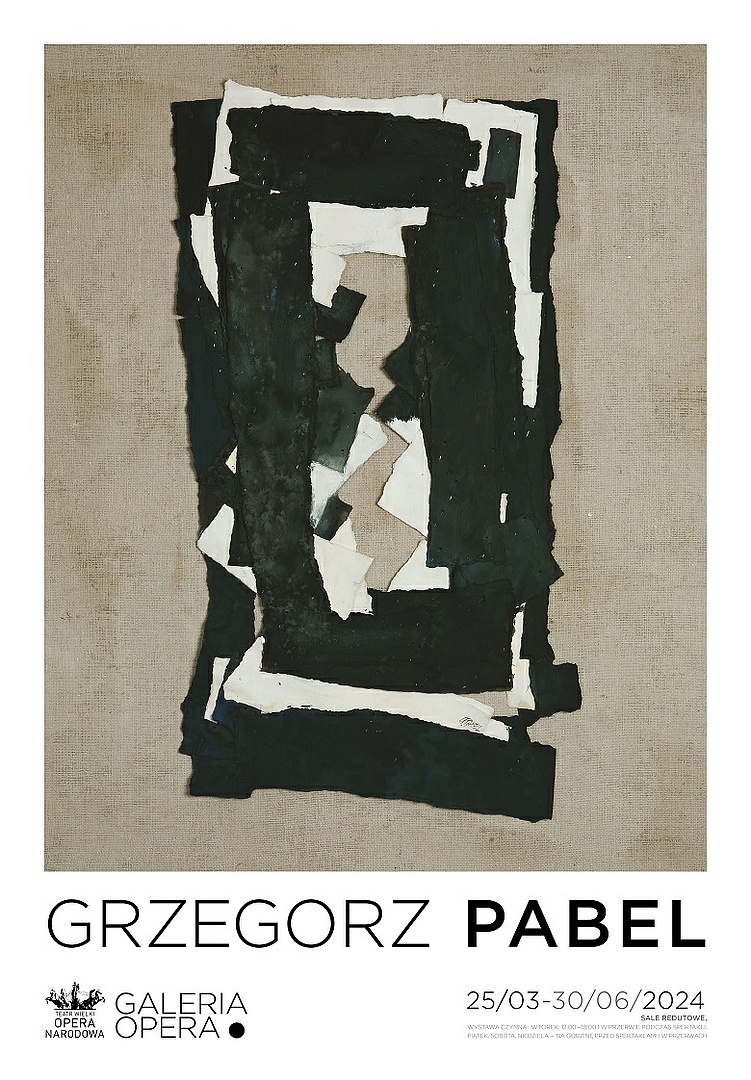
Grzegorz Pabel developed his approach to painting within the tradition of the Warsaw Academy of Fine Arts, where he had studied under Professor Jan Cybis, before himself becoming an educator, academic teacher, professor and vice-rector of of his alma mater. He was the director of Galeria Studio in Warsaw.
Shifting between artistic techniques, he continues to search for a deeper understanding of the world through his art. Grzegorz Pabel describes painting as a journey into the universe of sensations, where every image is a dialog between him and the canvas. Inspired by the Orient, especially Zen and Taoism, he appreciates the aesthetics of empty space and the power of expression that lies within minuscule, seemingly insignificant, details. Although suggestive of Oriental art, his pieces are completely original and unlike the artworks of the Far East.
In his work, Pabel has experimented with different techniques and formats. His early works, including 1960s portraits, testify to his fascination with the relationship between men and nature and – similarly to his experimental works featuring synthetic objects – are evidence of the artist’s acute sense of colour, although he was yet to develop his characteristic palette.
In the 1970s Grzegorz Pabel tried to represent film frame sequences on canvas. He created Zapisy pionowe [Vertical Notations], whose geometric shapes and wide stripes of colour brought to mind a succession of film scenes. The compositions suggest continuity over time, yet have no beginning or end. While the images are closed off at the sides with lines, the artist left empty space above and underneath them, encouraging the beholder to come up with their interpretation. In these pieces, Pabel relied on simple geometric forms such as the circle, square and triangle.
A visible shift in Pabel’s art occurred in the course of the next decade. In the 1970s his paintings became minimalist. In 1988 he reinvented his palette, replacing intense colours with different shades of white, grey, black and blue. He gave up geometric figures altogether. In the 1990s he explored such subjects as the harmony of the universe and humans’ place in it. Representing ‘cosmic’ space on his canvases with thick oil paints, the artists focused on human energy as a natural phenomenon. He took landscape elements and rendered them into abstract forms.
Pictured: Układ czarno-biały F [Black-and-white Arrangement F], 2003–2005, tempera on paper, 113 x 93 cm





